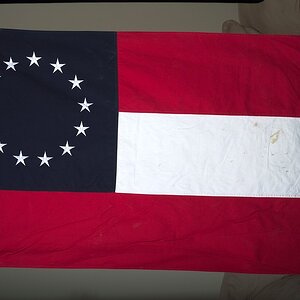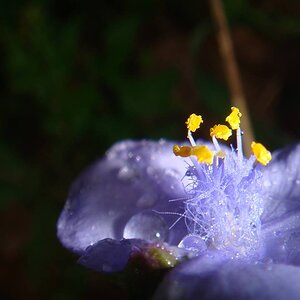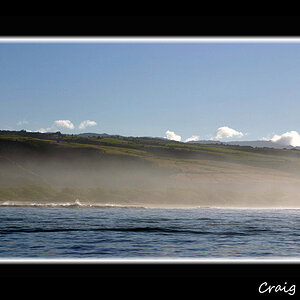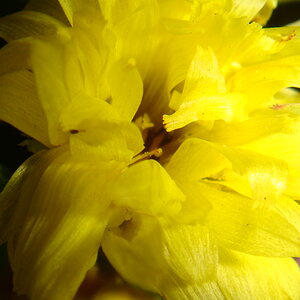gossamer
TPF Noob!
- Joined
- Dec 24, 2013
- Messages
- 234
- Reaction score
- 23
- Location
- New Jersey
- Can others edit my Photos
- Photos OK to edit
Hi everyone,
I have a D500 and just got a Sekonic Flashmate L-308S-U light meter and having some difficulty figuring out how to use it. The first time I'm going to use it will be in a somewhat dimly lit room where I plan on taking portraits of people on a couch. I expect some ambient natural light as well as needing to use my new Flashpoint 600 monolight.
If you have one, I'm looking in the manual on page 16, Cordless Flash mode. I'm trying to set the shutter speed to something higher than 100 and it won't let me. In the screenshot on that page they even show 125th. I can adjust the value lower, but not higher than 100.
I think 1/100th may be enough, but I'd really like to see it at least 1/160th.
Other icons on the screen include the T (which I suppose is TTL?), and ISO is set to 200.
HSS starts above 250th, correct? I have 1/250s (Auto FP) set on the camera.
I was just thinking - if I'm using TTL on the Flashpoint, is it really necessary or advantageous to use a light meter anyway? Would it be just as effective if I set my camera to shutter priority and let the camera and flash work it out?
Thank you!
I have a D500 and just got a Sekonic Flashmate L-308S-U light meter and having some difficulty figuring out how to use it. The first time I'm going to use it will be in a somewhat dimly lit room where I plan on taking portraits of people on a couch. I expect some ambient natural light as well as needing to use my new Flashpoint 600 monolight.
If you have one, I'm looking in the manual on page 16, Cordless Flash mode. I'm trying to set the shutter speed to something higher than 100 and it won't let me. In the screenshot on that page they even show 125th. I can adjust the value lower, but not higher than 100.
I think 1/100th may be enough, but I'd really like to see it at least 1/160th.
Other icons on the screen include the T (which I suppose is TTL?), and ISO is set to 200.
HSS starts above 250th, correct? I have 1/250s (Auto FP) set on the camera.
I was just thinking - if I'm using TTL on the Flashpoint, is it really necessary or advantageous to use a light meter anyway? Would it be just as effective if I set my camera to shutter priority and let the camera and flash work it out?
Thank you!
Last edited:


![[No title]](/data/xfmg/thumbnail/35/35264-5ade32b7036391926536661aeb7491c3.jpg?1619736969)



![[No title]](/data/xfmg/thumbnail/35/35263-86f580cf5d28d23109a45984030a79ad.jpg?1619736968)
![[No title]](/data/xfmg/thumbnail/33/33030-2d80455c47ebf5f145e0bd5064267aea.jpg?1619735844)
![[No title]](/data/xfmg/thumbnail/40/40310-01bec1b9b7918522bf21a09cf75c5266.jpg?1619739414)
![[No title]](/data/xfmg/thumbnail/40/40309-c759bfd4ae7c079632e7402d21d332f1.jpg?1619739414)


